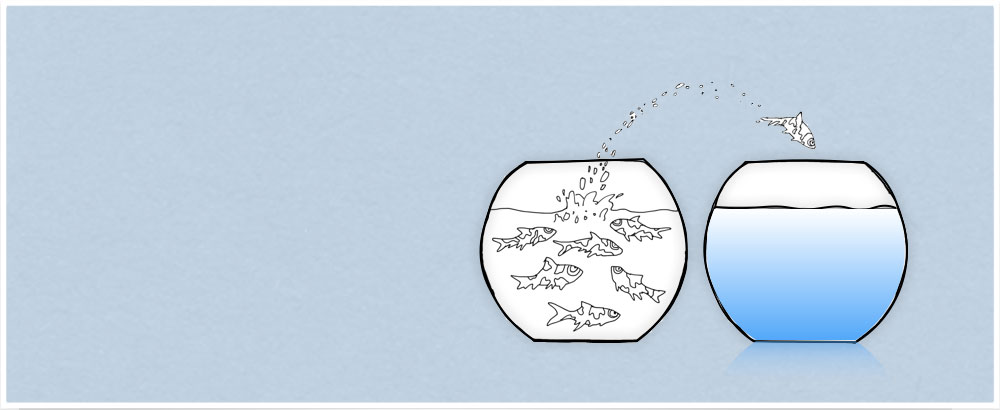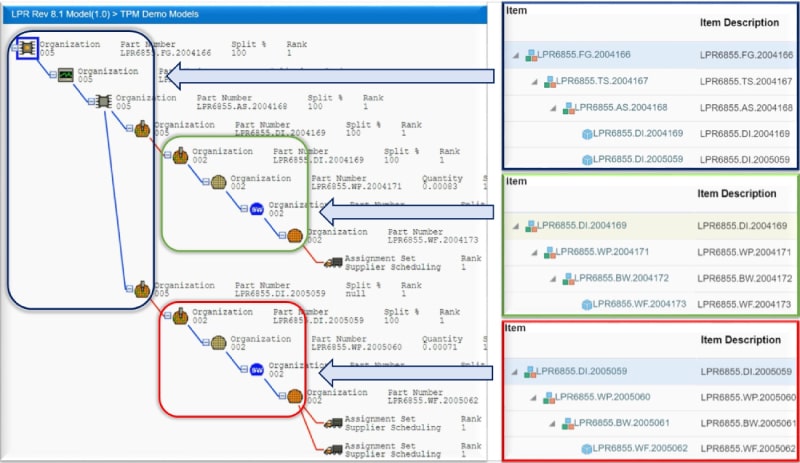
Easier, Better, Faster, Cheaper.
Triniti's Global Product Maintenance software makes it an easy and error-free way to create and maintain Product structures in Oracle Cloud and EBS.

Cool Vendors in Information Governance and MDM, 2015, G.De Simoni, R. Edjlali, S. Judah, B. O'Kane, A. White, 30 March 2015
Disclaimer : Gartner does not endorse any vendor, product or service depicted in its research publications, and does not advise technology users to select only those vendors with the highest ratings or other designation. Gartner research publications consist of the opinions of Gartner’s research organization and should not be construed as statements of fact. Gartner disclaims all warranties, expressed or implied, with respect to this research, including any warranties of merchantability or fitness for a particular purpose.
 TPM software supports Oracle Cloud Platform
TPM software supports Oracle Cloud Platform
With TGPM, Gain 80% productivity improvements and 100% accuracy. While Oracle and other ERP's consider Products, Bills of Material, Routings, Resources, and Sourcing Rules as different entities, TGPM considers all of them as a single entity
The screenshot below illustrates a semiconductor supply chain bill of material with multi-segment flexfield. It provides complete supply chain visibility.
For a quick demonstration of key differentiated features CLICK HERE.
As an Oracle ERP user, you labor through multiple screens to enter a simple supply chain. While the Oracle Cloud version uses a single screen for product and structure (BOM), you have to have the component created before you attach it to the parent, effectively navigating multiple screens. For multi-org structures, you still have to change the inventory organization. After all that labor, your confidence in data accuracy is still low.
As a result, you may experience some or all of the following symptoms of bad data quality:
-
Inaccurate Oracle ASCP or Supply Planning Cloud Plans
-
Untrustworthy Business Intelligence (BI) reports
-
Operation reports massaged manually in Excel
-
Items shipped to the wrong destinations
-
Customer invoices with errors
-
Excessive credit and debit memos
-
Large manual Journal entries in General Ledger
-
Inability to automatically perform 3-way match for supplier invoice payments
Most likely, you use Alerts and reports to validate the accuracy and completeness of data. You are probably used to this daily routine and assume it is part of using Oracle. It does not have to be. They lead to inefficiency and constant firefighting. It costs you time and money daily, and you probably do not even know it.
Solution
TGPM is designed and validated by end-users. Thanks to TGPM, they spend more time on operations than worrying about data. The following differentiated features enable error-free and efficient creation of the complete supply chain data:
| Feature | TGPM | Oracle ERP Cloud | On-Prem EBS |
| Single Screen Data Entry |
|
|
|
| Templates | Global template for Product, Structure, Descriptive Flexfields, Work Definition, Resources | Only for Products within the context of the organization | Only for Items within the context of the organization |
| Creation of products/ items in the master organization | Automatic | Manual | Manual |
| Default Values (not including Templates) | For all fields for all the entities | Only for Products using Item Class | Only for certain fields through item status |
| Default Value Override (not including Templates) | Controllable for all fields | Only for some fields | None |
| Inheritance | For all fields at all levels in the hierarchy | Only Item Class Metadata from Parent. Not values | None |
| Governance | Automated. The features listed above help 100% compliance | Manual and error-prone. Autonumbering for Product is available | None |
| Workflow | Fully configurable, complete workflow capabilities for Product Data Management | Some/ limited capabilities for lifecycle changes and new Product requests | None |
| Field-level-security | Most granular | Medium | Poor |
TGPM used to be called Triniti Product Modeler (TPM). It will now be TGPM as the Oracle Cloud ERP does not support Sourcing rules that make them global for costing and execution as of release 20D. The following diagrams map the structures in TGPM and Oracle Cloud. While you cannot see the inventory organizations in the Oracle diagrams, each diagram is in a different organization.



